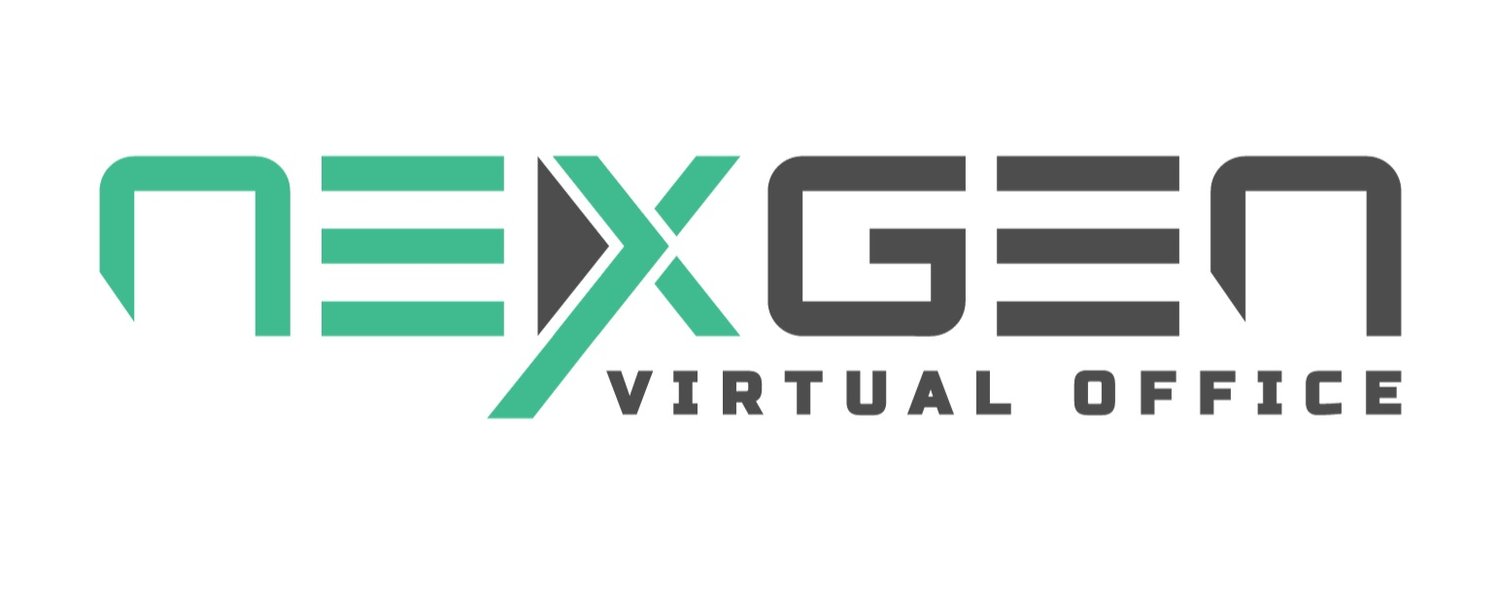Bridging the Gap Between In-Office and Remote Teams with a Virtual Office
The rise of hybrid work has created an unintended divide: a two-tier workforce split between in-office and remote employees. According to Deloitte's 2023 Workplace Strategy Report, 72% of organizations struggle to maintain equitable collaboration between their in-office and remote team members. This disparity threatens innovation, cultural cohesion, and operational efficiency.
Research from Microsoft's 2023 Work Trend Index reveals that 64% of remote workers report feeling disconnected from their in-office colleagues, while 57% of in-office employees admit to prioritizing communication with physically present teammates. This communication gap creates silos, reduces cross-functional collaboration, and impacts overall business performance.
The challenge extends beyond basic communication. The International Workplace Group's 2023 Global Workplace Survey indicates that hybrid organizations face a 38% increase in project completion times when teams are split between physical and remote locations, primarily due to asynchronous communication delays and collaboration barriers.
NexGen Virtual Office addresses these challenges by creating a unified digital environment where both in-office and remote employees interact on equal footing. Through its immersive virtual workspace, team members experience the same level of presence and accessibility, regardless of their physical location. This democratization of workplace interaction eliminates the traditional advantages of physical proximity.
The solution's impact on workplace equity is substantial. By providing real-time presence indicators and instant collaboration capabilities, NexGen Virtual Office removes the artificial barriers between remote and in-office teams. Remote employees gain the same spontaneous access to colleagues, resources, and collaboration spaces as their in-office counterparts.
According to Gartner's 2023 Digital Workplace Analysis, organizations that implement comprehensive virtual office solutions report a 45% improvement in cross-location collaboration and a 34% increase in remote employee engagement. These metrics demonstrate the tangible benefits of creating a unified digital workplace that bridges the physical-remote divide.
The technology's influence on company culture is equally significant. The Boston Consulting Group's 2023 Future of Work Study reveals that businesses using integrated virtual office environments experience a 40% reduction in reported feelings of isolation among remote workers and a 35% increase in cross-team innovation initiatives.
NexGen Virtual Office's approach to workplace unification goes beyond traditional video conferencing and messaging tools. Its virtual office environment creates shared digital spaces where teams can collaborate, socialize, and innovate naturally. From impromptu hallway conversations to structured team meetings, every interaction type is preserved and made accessible to all employees, regardless of location.
The platform's capability to host virtual water cooler spaces and informal gathering areas addresses another critical aspect of workplace dynamics. These digital social spaces foster the casual interactions that build team cohesion and drive innovative thinking, ensuring remote employees remain connected to the organization's cultural fabric.
For businesses navigating the complexities of hybrid work, the need for unified collaboration solutions has never been more pressing. As organizations continue to balance the benefits of remote work with the advantages of in-person collaboration, solutions that bridge this gap become essential for maintaining competitive advantage and organizational health.
NexGen Virtual Office represents a critical evolution in workplace technology, offering a comprehensive solution to the challenges of a divided workforce. By creating a truly unified digital workplace, organizations can ensure all employees have equal access to opportunities, resources, and collaborative experiences, regardless of their physical location.


